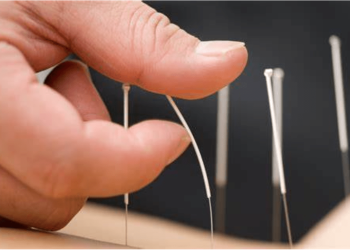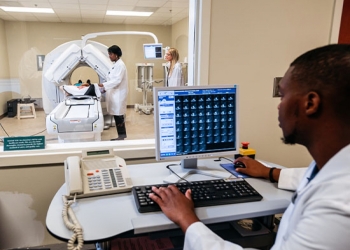Do you intend to resume your usual life after a dramatic decline in coronavirus infections across the country? The concerns, though, are not yet gone. After battling COVID-19’s devastating second wave, India is now preparing for another battle. Yes, you read that correctly. A recent investigation highlighted the terrifying face of India’s unprecedented epidemic of vector-borne illnesses. According to the research, there has been an exponential increase in dengue, malaria, and chikungunya infections, posing a new challenge for healthcare personnel in the fight against COVID-19. But what makes it a new threat? Because of the unexpected increase in dengue and malaria cases throughout the country, hospital beds are once again in short supply.
In Mohali, Dengue Fever Is At An All-Time High
Scarcity of Beds in Delhi-NCR Hospitals: Is India Unprepared For COVID-19’s Third Wave?
Earlier this week, the Delhi government directed hospital officials to utilise COVID patients’ beds for patients with dengue, malaria, and chikungunya. Does this indicate that the paucity of hospital beds, which was one of the primary issues during the second wave of COVID-19, remains? In a statement to the media, Delhi Health Minister Satyendra Jain stated that, due to an increase in dengue cases in the national capital, the government has authorised state-run hospitals to use one-third of the COVID-19 beds to treat dengue, malaria, and chikungunya patients in the city.
What about the transmission of COVID?
COVID spreads by respiratory droplets, but it can also spread through surfaces contaminated with the virus from infected people. So, when these COVID beds are utilised for patients with dengue, malaria, and chikungunya, would the coronavirus be able to spread and enter the body of a non-infected individual? How will they be protected? Concerning the safety of dengue patients, while utilising COVID beds, Jain stated that these beds will be totally segregated from those of COVID-19 patients, as will the personnel so that there is no potential of virus infection transmission.























